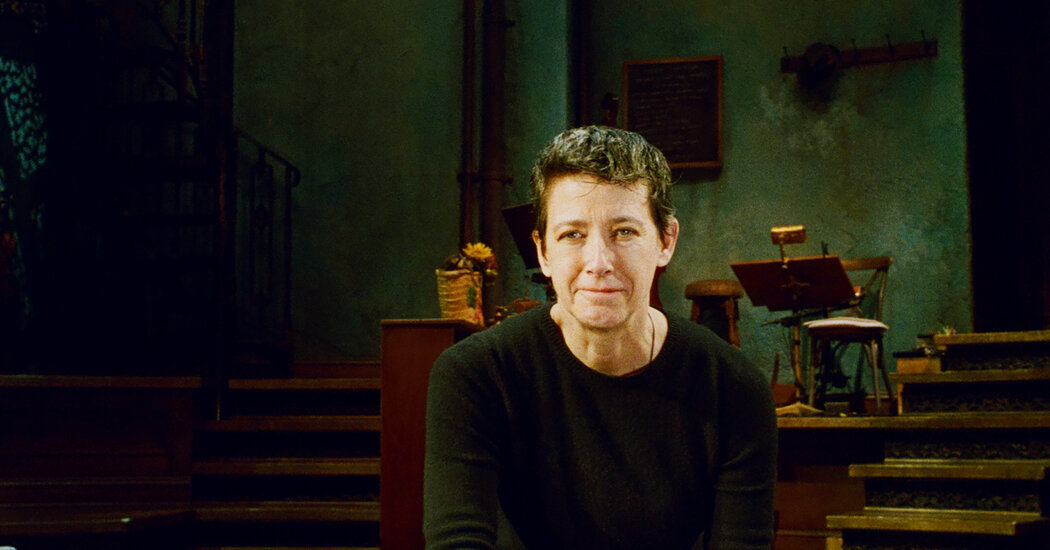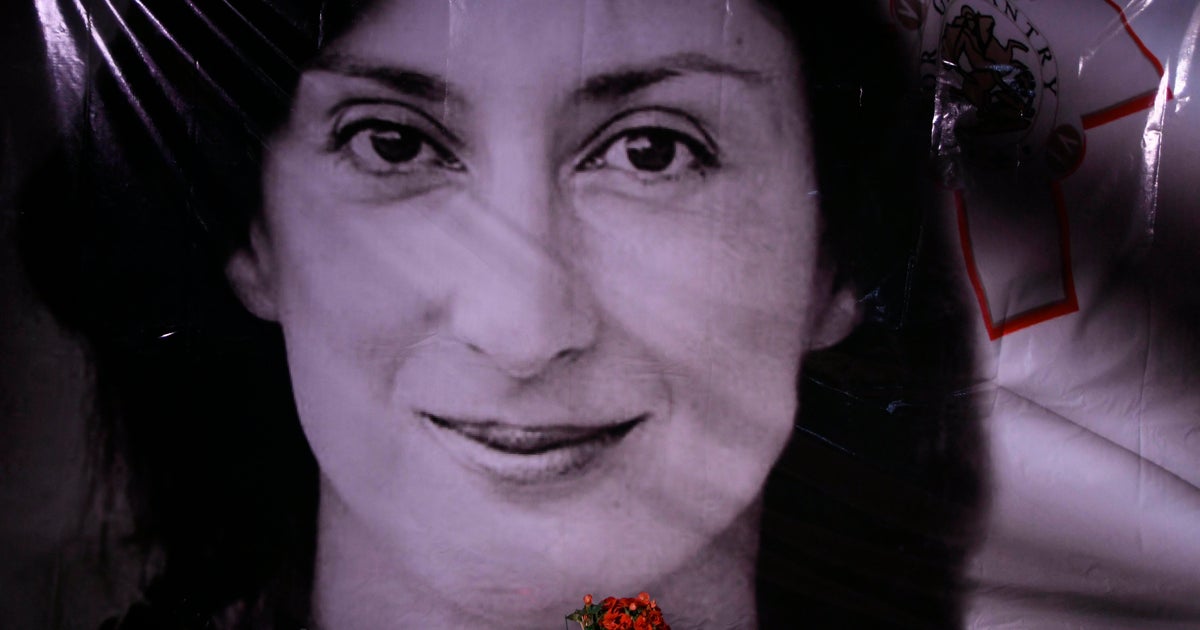She honed her craft at U.C.L.A., where she said a found-art class with the sculptor Nancy Rubins taught her “the fundamental principle of sculptural space and objects speaking from their own power,” or, to put it more simply, the idea that when it comes to objects and sets, you’ve “got to let it be what it is.”
For the play “What the Constitution Means to Me,” Heidi Schreck’s 2017 political drama about discrimination and the history of the United States, Hauck built a replica of an American Legion Hall that is remarkable in its mundane authenticity. Faithfully rendering the flimsy wooden panels and faded carpeting of a stifling room, she then exaggerated it with more than 150 framed photographs of veterans. As the show unfolded, the faces — all of them of men — seemed to stare down at Schreck, who starred in the play, adding a layer of intimidation.
Once, after watching a play she had worked on, Hauck’s father said that her job didn’t seem very hard. She took it as a compliment, eventually. “It took me two weeks to realize, that’s how you know you got it right: It looks effortless,” she said. “It just looks like the right thing.”
It was her work on Anaïs Mitchell’s musical “Hadestown” that brought Hauck a new level of renown. A retelling of the myth of Orpheus and Eurydice, the story is divided between two distinct settings: a 1920s-style jazz bar and a factory-like underworld, each jam-packed with authentic detail and teeming with life. The former is inspired by the famous New Orleans speakeasy the Preservation Hall, and Hauck said that the resemblance was so strong that when the owners of the Preservation Hall saw the show, they couldn’t believe it. “Wait, this is our bar, but it’s not our bar,” Hauck recalls them telling her.
Much like “Swept Away,” “Hadestown” features a dazzling mid-show transition, as the speakeasy cracks open to reveal the underworld within it — another impressive showcase of technical engineering that involves a sophisticated turntable system and complex pyrotechnics. And like the wreck at the heart of “Swept Away,” the “Hadestown” transformation wasn’t in the original script, either — it was Hauck’s invention.
meet-rachel-hauck-the-set-designer-behind-the-tony-nominated-ship-from-swept-away















Leave a Reply